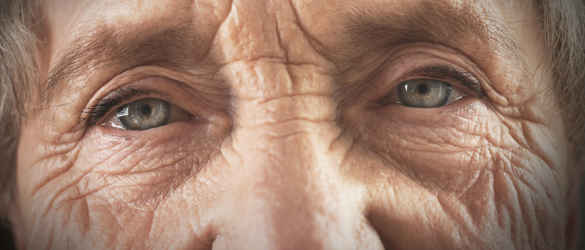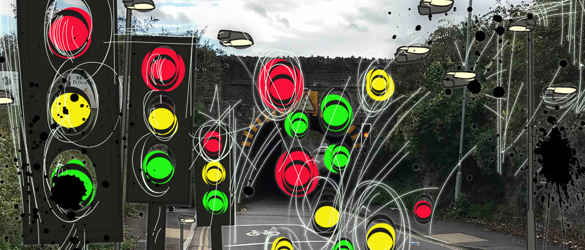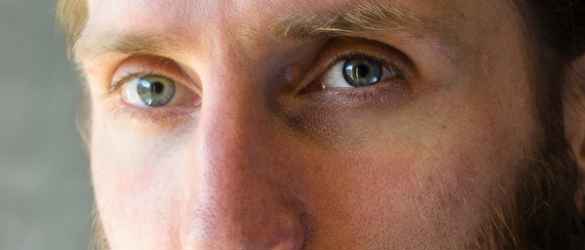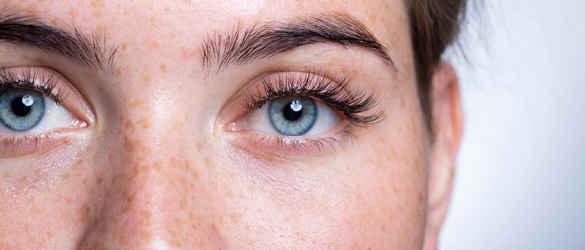
Macular conditions
Nearly 1.5m people in the UK have macular disease. It affects people of all ages. Age-related macular degeneration (AMD) is the most common condition, generally affecting people over the age of 55. AMD is the biggest cause of sight loss in the UK, affecting more than 700,000 people.
A group of rare inherited conditions called macular dystrophies can affect much younger people. Some of these rare conditions can appear in childhood, although some are not diagnosed until later in life.
Common conditions
Age-related macular degeneration
Age-related macular degeneration (AMD) usually affects people over 50 but can happen earlier. AMD is the biggest cause of sight loss in the UK, affecting more than 700,000 people.
Charles Bonnet syndrome (CBS)
Up to half of all people with sight loss caused by macular degeneration may see the visual hallucinations known as Charles Bonnet syndrome (CBS).
Macular oedema
Macular oedema (MO) is swelling of the retina at the back of the eye in the macular area usually due to fluid build-up from leakage of damaged or abnormal blood vessels.
Stargardt disease
Stargardt disease is a genetic condition caused by a tiny alteration in a single gene. It is the most common form of juvenile macular dystrophy.
A-Z of macular conditions
Free confidential advice and support
Call our helpline on 0300 3030 111
Lines are open 9am - 5pm Monday to Friday
About the Macular Society Helpline





